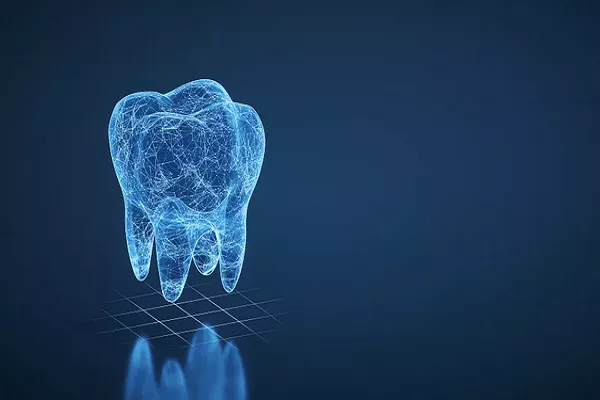In the realm of orthodontic care, the use of orthodontic wax is a crucial element in maintaining comfort and ensuring a smooth orthodontic treatment journey. Knowing how to apply orthodontic wax properly can make a significant difference in your experience with braces. In this comprehensive guide, we will delve into the nuances of orthodontic wax application, providing you with valuable insights and tips to enhance your braces-wearing experience.
1. Understanding the Purpose of Orthodontic Wax
Orthodontic wax serves as a protective barrier between the braces and the soft tissues of your mouth, such as the cheeks and gums. Its primary purpose is to alleviate the discomfort caused by friction between braces and sensitive areas, preventing irritation and soreness. To maximize the benefits of orthodontic wax, it’s crucial to understand when and how to use it effectively.
a. Identifying Discomfort Zones
Before applying orthodontic wax, identify the areas where your braces are causing irritation. Common discomfort zones include the wires, brackets, and any protruding components. This awareness will help you target specific areas for wax application, ensuring targeted relief.
b. Proper Wax Preparation
Ensure that your hands are clean and dry before handling orthodontic wax. Take a small piece of wax and roll it into a ball or cylindrical shape. The warmth from your fingers will make the wax more pliable, facilitating easy application.
c. Strategic Placement
Apply the prepared orthodontic wax to the identified discomfort zones by gently pressing it onto the braces. Ensure the wax covers any sharp or abrasive edges. The strategic placement of wax will create a protective barrier, reducing friction and minimizing irritation.
2. The Dos and Don’ts of Orthodontic Wax Application
While orthodontic wax is a valuable tool for braces maintenance, it’s essential to be aware of the dos and don’ts to optimize its effectiveness.
a. Dos
Do Apply Wax Preventively: Apply orthodontic wax proactively, especially before engaging in activities that may increase friction, such as playing sports or consuming crunchy foods.
Do Replace Wax Regularly: Over time, wax may lose its effectiveness. Replace it regularly to ensure continuous comfort and protection.
Do Keep Wax Handy: Carry a small container of orthodontic wax with you to address discomfort promptly, wherever you are.
b. Don’ts
Don’t Leave Wax in Place for Too Long: While it’s essential to replace wax regularly, it’s equally crucial not to leave the same piece in place for an extended period. Replace wax as needed to maintain optimal hygiene.
Don’t Consume Hot Beverages with Wax: Heat can cause the wax to soften or lose its shape. Remove the wax before consuming hot beverages to avoid any mishaps.
3. Maximizing Comfort During Orthodontic Treatment
Achieving maximum comfort during orthodontic treatment involves more than just applying orthodontic wax. Here are additional tips to enhance your overall braces-wearing experience.
a. Maintain Excellent Oral Hygiene
Proper oral hygiene is paramount during orthodontic treatment. Regularly brush your teeth and braces, use dental floss, and consider incorporating an antiseptic mouthwash to keep your mouth clean and healthy.
b. Attend Regular Orthodontic Check-ups
Scheduled check-ups with your orthodontist are crucial for monitoring the progress of your treatment and addressing any issues promptly. Communicate openly about any discomfort or concerns you may be experiencing.
c. Follow Dietary Recommendations
Adhere to dietary recommendations provided by your orthodontist to prevent damage to your braces. Avoid hard, sticky, or overly chewy foods that can cause complications and discomfort.
In conclusion, mastering the art of applying orthodontic wax is an integral part of ensuring a comfortable and positive orthodontic treatment experience. By understanding its purpose, following proper application techniques, and incorporating additional tips for braces care, you can navigate your orthodontic journey with confidence and ease. Remember, a proactive and informed approach is key to maximizing comfort and achieving successful orthodontic outcomes.
Related Links:
Unveiling the Truth: Is Invisalign Covered Under Orthodontics?
Mastering the Art of Removing Orthodontic Brackets: A Comprehensive Guide
Navigating the Financial Landscape: Are Orthodontics Covered by Insurance?





























